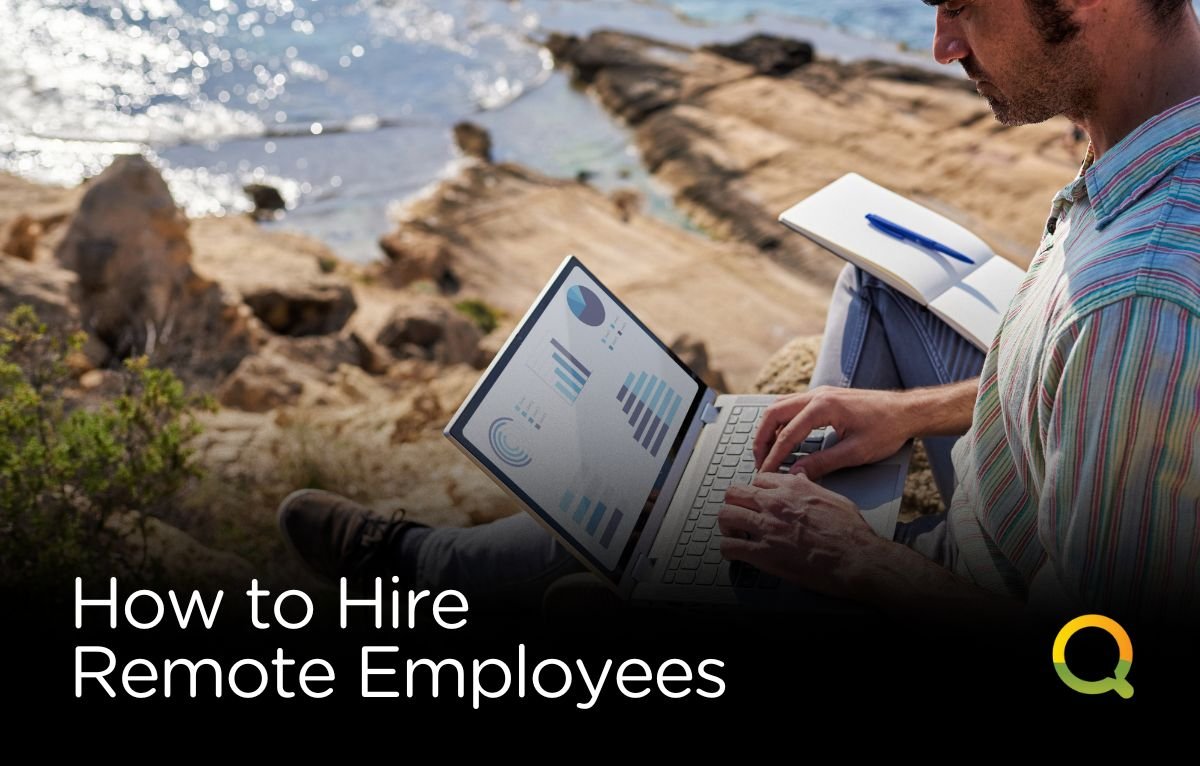
Hiring has always been a critical part of growth, but the rise of remote work has shifted how businesses scale. The rules have changed, and the opportunities are bigger than ever.
With access to a global talent pool, companies can now find the best people without being limited by geography.
Still, many businesses are unsure how to navigate this shift. Learning how to hire remote employees strategically is essential for any organization looking to grow efficiently and sustainably in 2025.
Before you post a single job ad, define the role with clarity. Remote workers need structure. They’re not in your office where they can ask follow-up questions easily or get informal cues about expectations.
Every job description should outline deliverables, success metrics, and how performance will be measured.
It’s not just about listing responsibilities. Explain what outcomes are expected in the first 30, 60, and 90 days.
This gives applicants a better sense of the role and allows you to measure progress after hiring. Vague job posts attract the wrong candidates and create unnecessary delays.
Your hiring success starts here. When you define what you truly need, you’ll attract candidates who are aligned with your goals, not just looking for remote work.
Finding top remote talent means looking beyond traditional job boards. While LinkedIn and Indeed still play a role, specialized platforms like We Work Remotely, Remote OK, and AngelList offer higher-quality candidates for distributed teams.
In addition to job boards, consider networking through remote work communities or industry-specific Slack groups.
Partnering with a company like Qupify can also help streamline your hiring process. Through our QHire Solutions, we’ve helped clients tap into pre-vetted virtual assistants and remote professionals trained for immediate contribution.
The key is finding a platform or partner that matches the type of work and time zone needs your business has. Not all remote candidates are alike—some are freelancers, others are seeking full-time roles, and some may only want short projects.
Great in-office employees don’t always succeed remotely. The skills that matter in a virtual environment go beyond qualifications.
Remote employees must be self-starters, communicators, and comfortable with digital tools.
During interviews, ask situational questions that reveal how a candidate manages their time, solves problems independently, and handles asynchronous communication. Look for signs of discipline and proactive thinking.
Here are a few traits to prioritize:
You’re not just hiring for a role;you’re hiring someone who can operate well without physical supervision.
Hiring remotely should mimic how you expect your employees to work. This means integrating written tasks, asynchronous communication, and video interactions into your hiring process.
You can include a short written assignment or case study that tests skills relevant to the role. For example, if you’re hiring a content writer, ask them to rewrite a paragraph or draft a short blog.
If it’s a project manager, have them create a timeline or handle a mock scenario.
This not only reveals competency, but also gives you a preview of how they handle tasks in a real-world environment.
Once you’ve made the hire, onboarding becomes your next make-or-break stage. A scattered process can leave remote employees feeling isolated or unsure of what to do next. That leads to disengagement and early turnover.
A successful remote onboarding experience includes:
Use digital SOPs, recorded walkthroughs, and checklists to guide them through their first month. The more self-serve and repeatable your onboarding is, the easier it will be to scale as you add more people.
With a well-set process, your team feels prepared, confident, and ready to contribute.
As you grow your remote team, time zones start to matter more. You don’t need everyone on the same schedule, but you do need some overlap for collaboration. Make it clear in job postings and during interviews what availability is expected.
Also, not all cultures communicate the same way. Be aware of tone, directness, and formality, especially if your team spans continents.
Creating a communication guide as part of your onboarding helps establish a unified culture across different locations.
Documenting preferred communication channels, tools, and meeting schedules gives your remote team consistency and helps avoid confusion or missed messages.
Remote teams need more than instructions. They need connection, recognition, and opportunities to grow. This becomes even more important as your team scales.
Hold regular check-ins, celebrate milestones, and create virtual spaces where employees can connect beyond just work. Encourage learning and development through mentorship or training reimbursements.
Employees who feel invested are more likely to stay. And when they stay, your business benefits from long-term knowledge retention, smoother collaboration, and reduced hiring costs.
One of the biggest myths is that culture can’t exist remotely. The truth is, it can—it just needs to be intentional.
Learning how to hire remote employees the right way is a long-term investment in your business’s success. It’s not about speed.
It’s about finding the right people, setting them up for success, and building systems that support their growth alongside your company’s.
From role design to onboarding and beyond, every step matters. The businesses that thrive with remote teams in 2025 will be the ones who planned their hiring strategy—not just reacted to short-term needs.
Qupify helps companies hire, onboard, and manage remote employees with scalable systems built for long-term growth. Let us help you hire smarter, not harder.